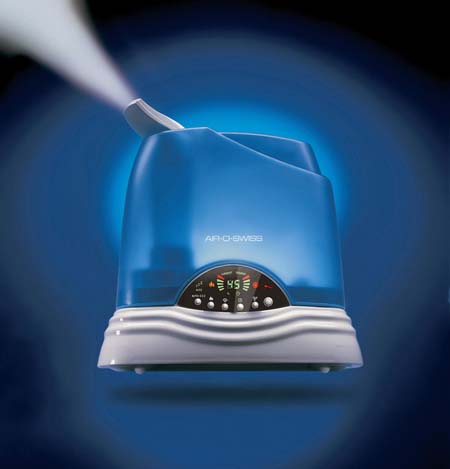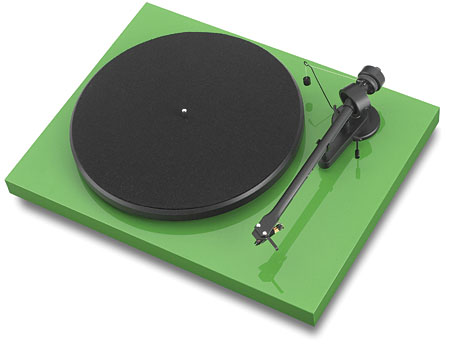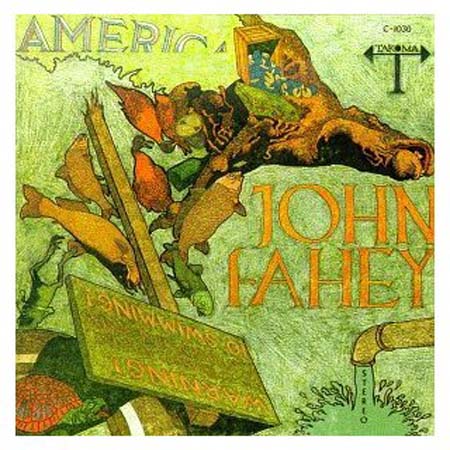Recording Rules for Orchestras
During my recent interview with the Sheffield Lab people in connection with their Moscow recording sessions (Vol.10 No.3), both Lincoln Mayorga and <A HREF="http://www.stereophile.com/interviews/sheffield_steel_doug_sax">Doug Sax</A> had some unkind things to say about the cost of recording an orchestra in the US. Their complaints are justified. It costs more to record in the US than anywhere else in the world, and these astronomical costs are detrimental both to symphonic music in the US and to the audiophile's pursuit of sonic perfection.







